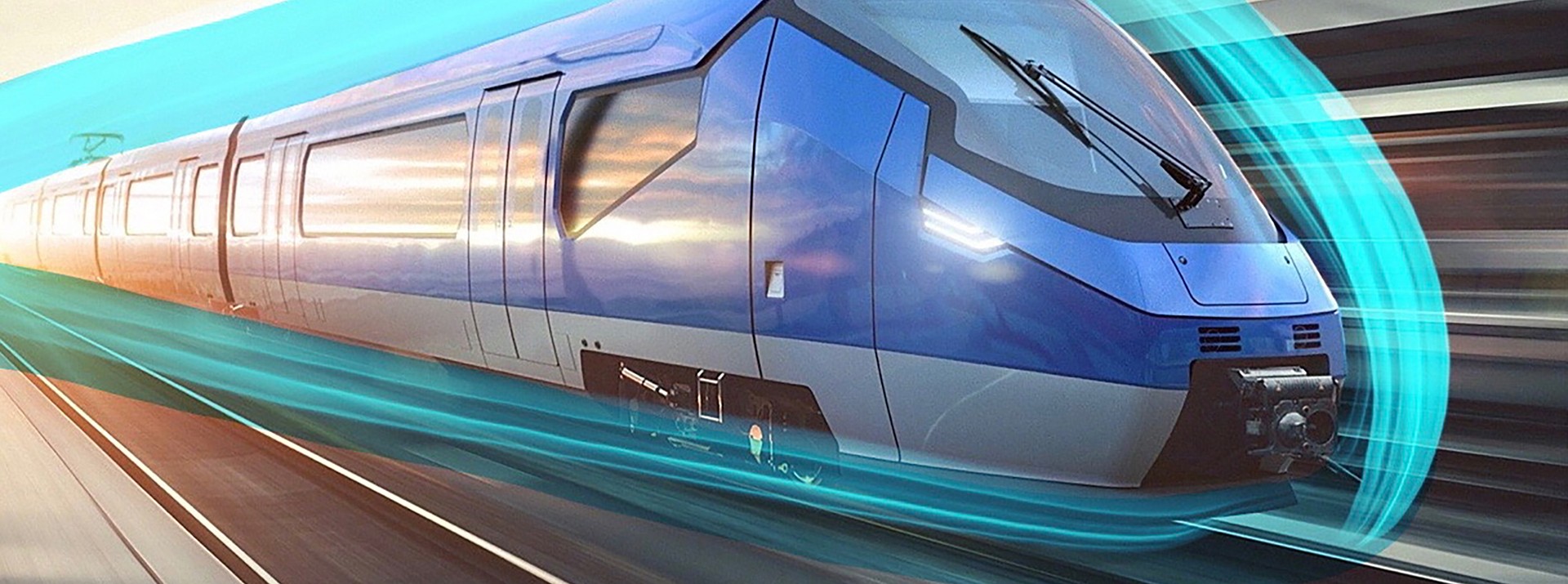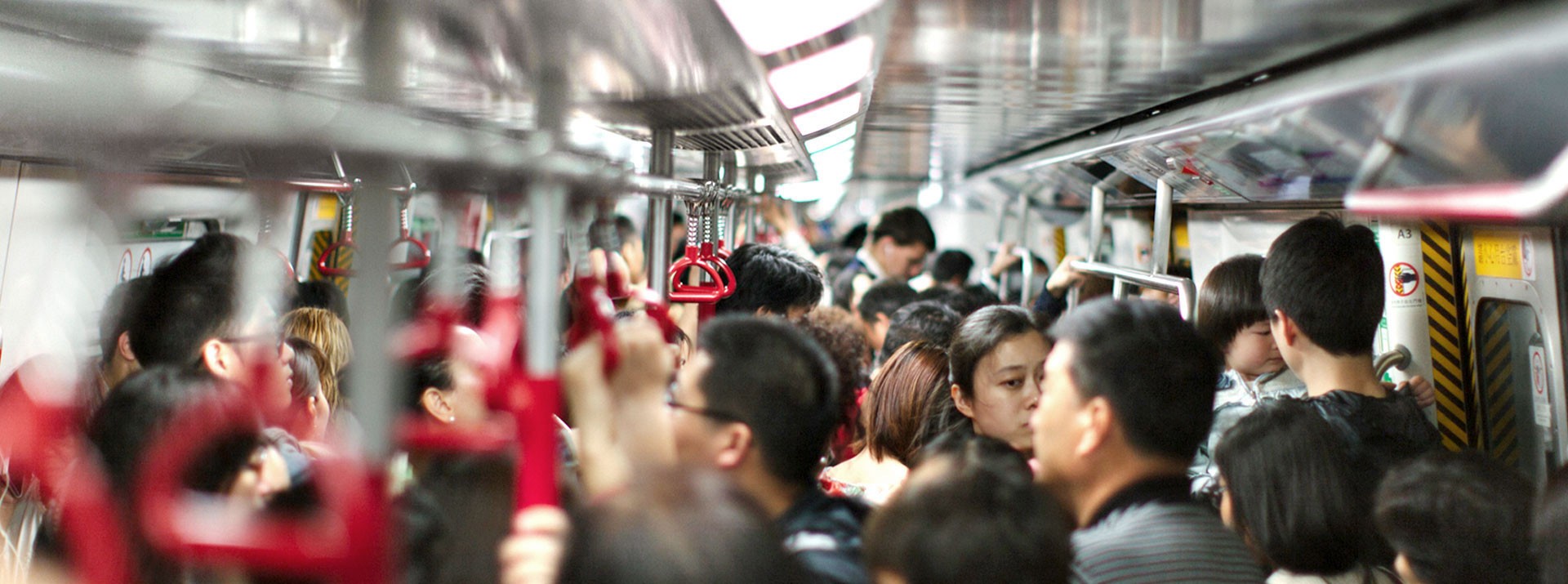One question is playing on the minds of rail passengers all over the world during the pandemic: Is the air in their compartment clean and safe? While a wide range of measures are in place to ensure safety on board, Knorr-Bremse’s HVAC systems play a crucial role thanks to their highly innovative clean[air] technology. We explain how it works and why the group did not have to start from scratch in its development.
Virologists often use the “Swiss cheese model” as a metaphor for our defenses against the coronavirus pandemic. If you lay one slice of cheese on top of another, some of the holes may align so that the virus can get through. But if you add a third slice, the holes will be in different positions and the virus will no longer be able to find a way through. Applied to protection against viruses and pathogens on trains, the Swiss cheese model means that one measure alone usually cannot ensure complete protection. However, when multiple measures are layered smartly over each other, so the next slice of cheese covers the holes left by the last layer, an extremely effective barrier is created.
The metaphor also applies to the way that HVAC systems produced by the Knorr-Bremse subsidiary Merak ensure clean and safe air on trains. With its clean[air] concept, Merak has optimally combined its technologies to create an integrated concept consisting of three layers in order to remove particles of under 30 micrometers (µm) with over 99% efficiency, including the aerosols that transport the SARS-CoV-2 virus. And it comes with a special feature on top: on trains with the appropriate functionality, passengers can monitor the air quality in real time using a smartphone app.
Rail travel in times of Covid-19: clean[air] concept for clean and safe air on trains
Smart vertical air circulation supplying a maximum volume of fresh air acts as the first layer. This can be implemented through intelligent control of the HVAC systems. The second layer consists of air filters to remove bacteria and dust particles. The third layer consists of air purifiers based on UV-C irradiation and electric near-fields. Many systems of this kind already belong to the Merak portfolio, have proven themselves on the market, and are comparatively easy to retrofit in rail vehicles and fleets.
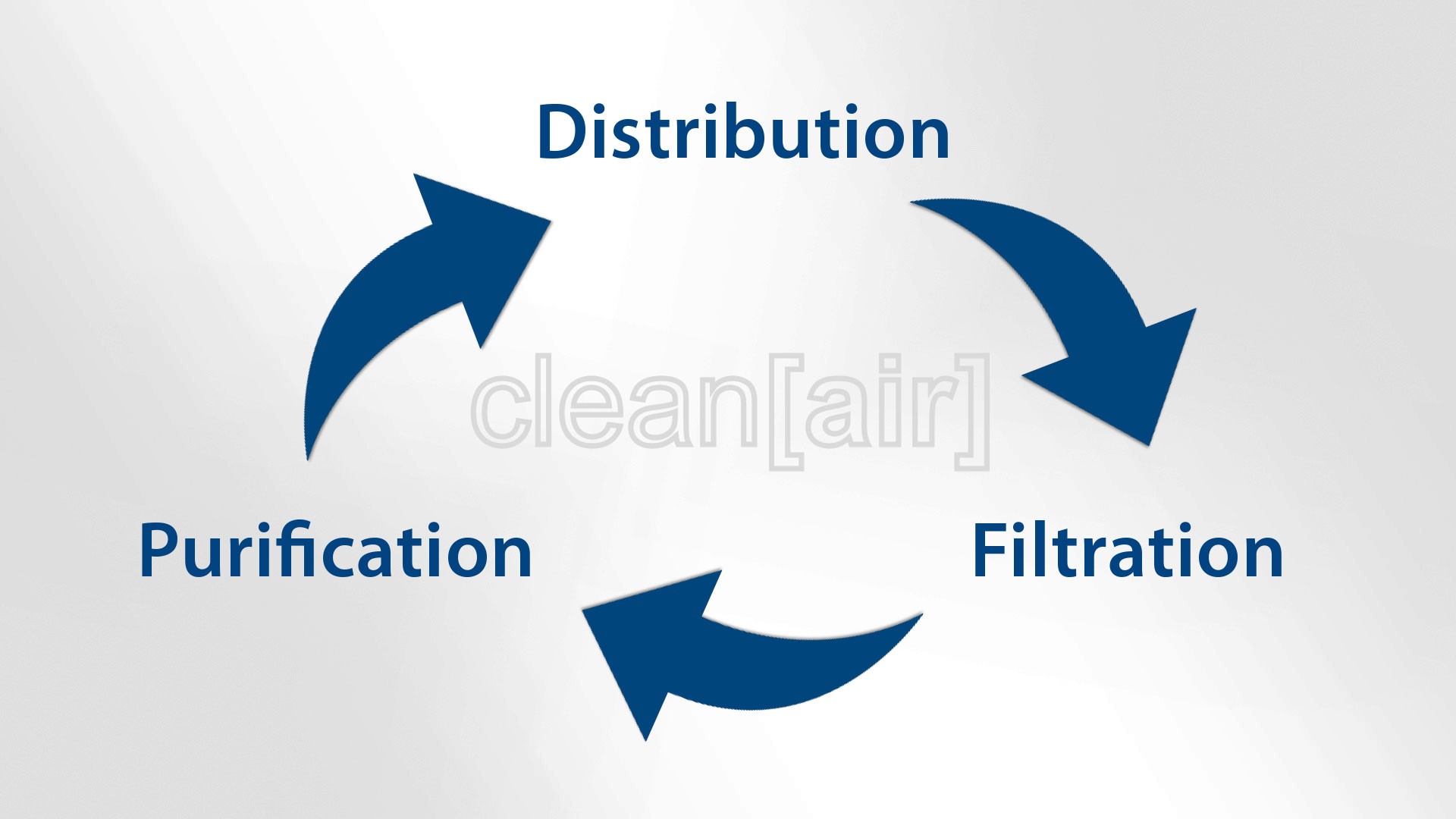
It is no coincidence that Knorr-Bremse and its subsidiary Merak are at the forefront of these developments as a leading supplier of rail vehicle HVAC systems. The company started to pursue pioneering and formative technological innovations long before the outbreak of the pandemic. “We saw greater demand for systems to ensure clean and safe air in rail vehicles early on, particularly from China, certain Middle Eastern countries and countries of the former Soviet Union,” explains Dr. Peter Radina, Member of the Management Board of Knorr-Bremse and also responsible for the HVAC business of Knorr-Bremse Rail Vehicle Systems.
Cultural aspects played a role here, as did air pollution, which sometimes reached alarming levels in booming industrial zones, and dust, which is a health hazard in desert regions. Many of the technologies that were developed for widespread use during this period are now also proving the value they can bring to the fight against SARS-CoV-2 and similar pathogens.
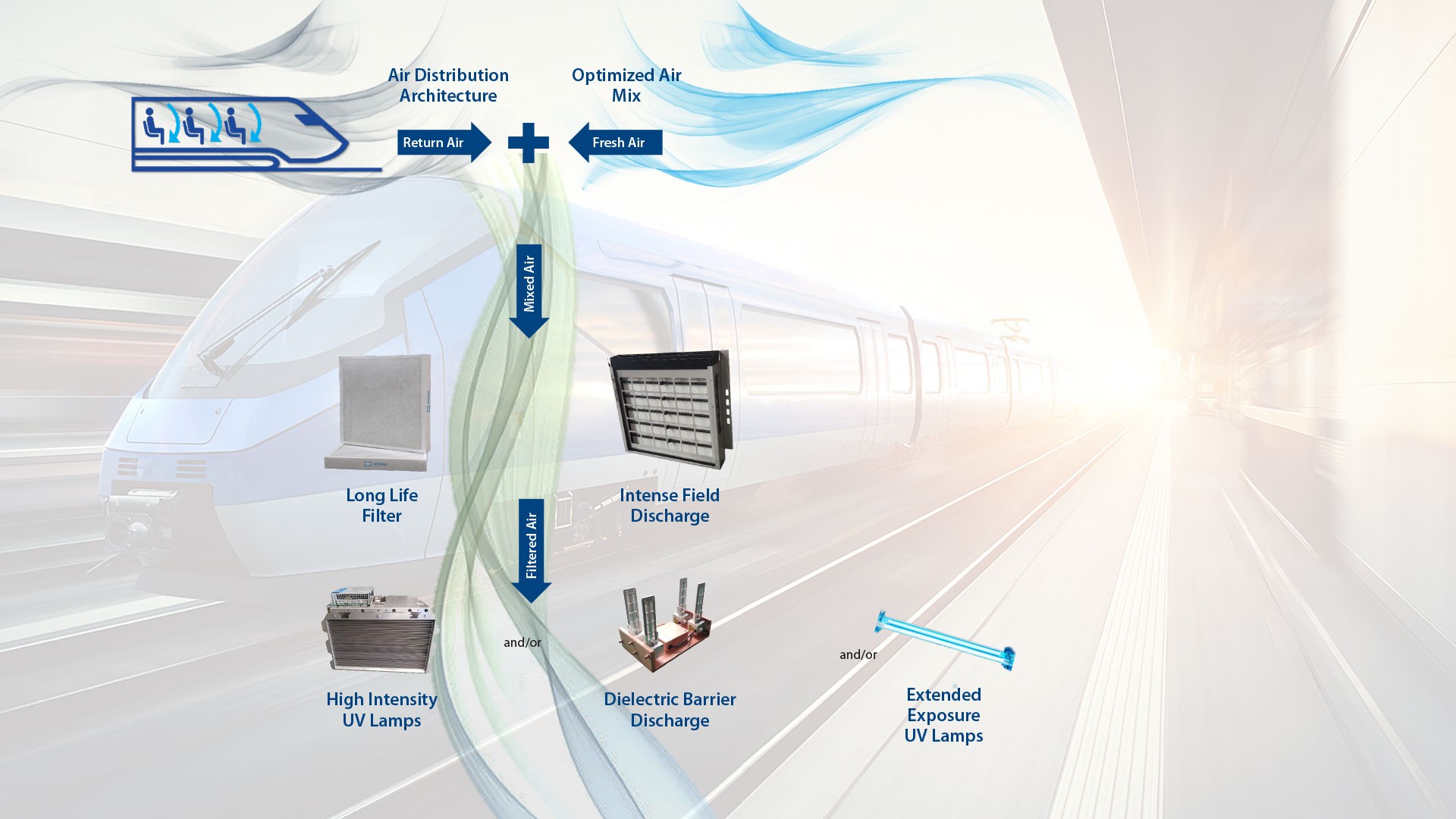
Layer one: optimized air distribution
The “free cooling” concept has been used for some time to deliver an optimal mix of circulating on-board air and (colder) fresh air. It was originally designed to reduce HVAC system energy consumption, but the underlying principle is also very effective in improving air quality in rail cars and compartments through a simple retrofit.
Installation is relatively quick and easy: in the run-up to the 2020 Chinese New Year, in just one month, Merak technicians upgraded 5,452 HVAC systems in 590 Chinese high-speed trains to the smart ventilation concept.
“In addition, vertical airflow allows ‘bad air’ from between the rows of seats to be removed, minimizing the risk of contagion between passengers sitting or standing close to one another,” explains Fernando Hazeu, Managing Director at Merak.
Layer two: air filters
Market-proven multi-stage air filters remove particles of less than 30 micrometers (µm) with over 99% efficiency, including the aerosols that transport the SARS-CoV-2 virus. “The performance level is comparable to that of high-efficiency filters,” Hazeu says. Given the current circumstances, he emphasizes how easily Merak filter systems can be integrated into most existing HVAC systems – regardless of the manufacturer. Merak filters cause a much smaller pressure drop than conventional high-efficiency filters, which gives them “plug & play” compatibility.
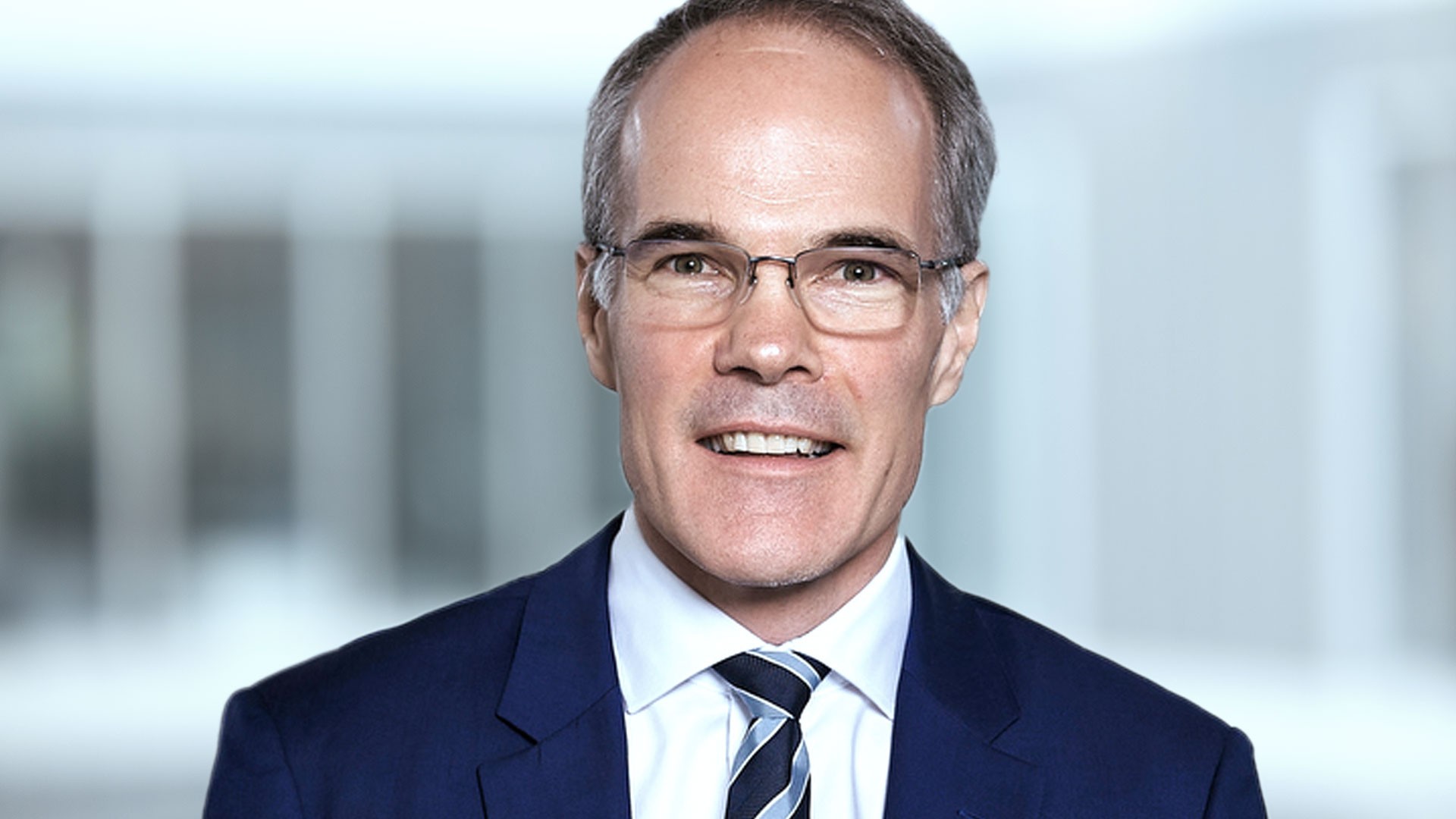
The performance level is comparable to that of high-efficiency filters, but with a much smaller pressure drop, which keeps our filters ‘plug & play’ compatible.
Fernando Hazeu – Managing Director Merak
Layer three: air purifiers
Air purifiers provide a powerful final layer of defense to not only separate out pathogens but also kill them. As far back as 2009, Merak installed the first HVAC systems using UV-C lamps in Russian high-speed trains – and later in regional trains as well. Exposure to UV-C rays and dielectric barrier discharge systems are regarded as the most efficient methods of combating known airborne pathogens. What’s more, they have proven to be similarly effective aganst any morphologically similar viruses, including SARS-CoV-2.
Low cost, high protection
Since rail vehicles operate in a wide variety of scenarios, they also have their own individual requirements in terms of clean air. In long-distance transport, for example, air circulation can largely be designed from a clearly calculable system approach, since passengers tend to spend most of the journey in their seats. On local trains, on the other hand, passenger behavior is less predictable. Since concentration and contact duration are decisive factors for virus transmission, the much more frequent boarding and disembarking at platforms becomes a relevant focus in mass transit: wider doors with short closing times and contactless buttons – combined with HVAC systems set up to optimize ventilation.
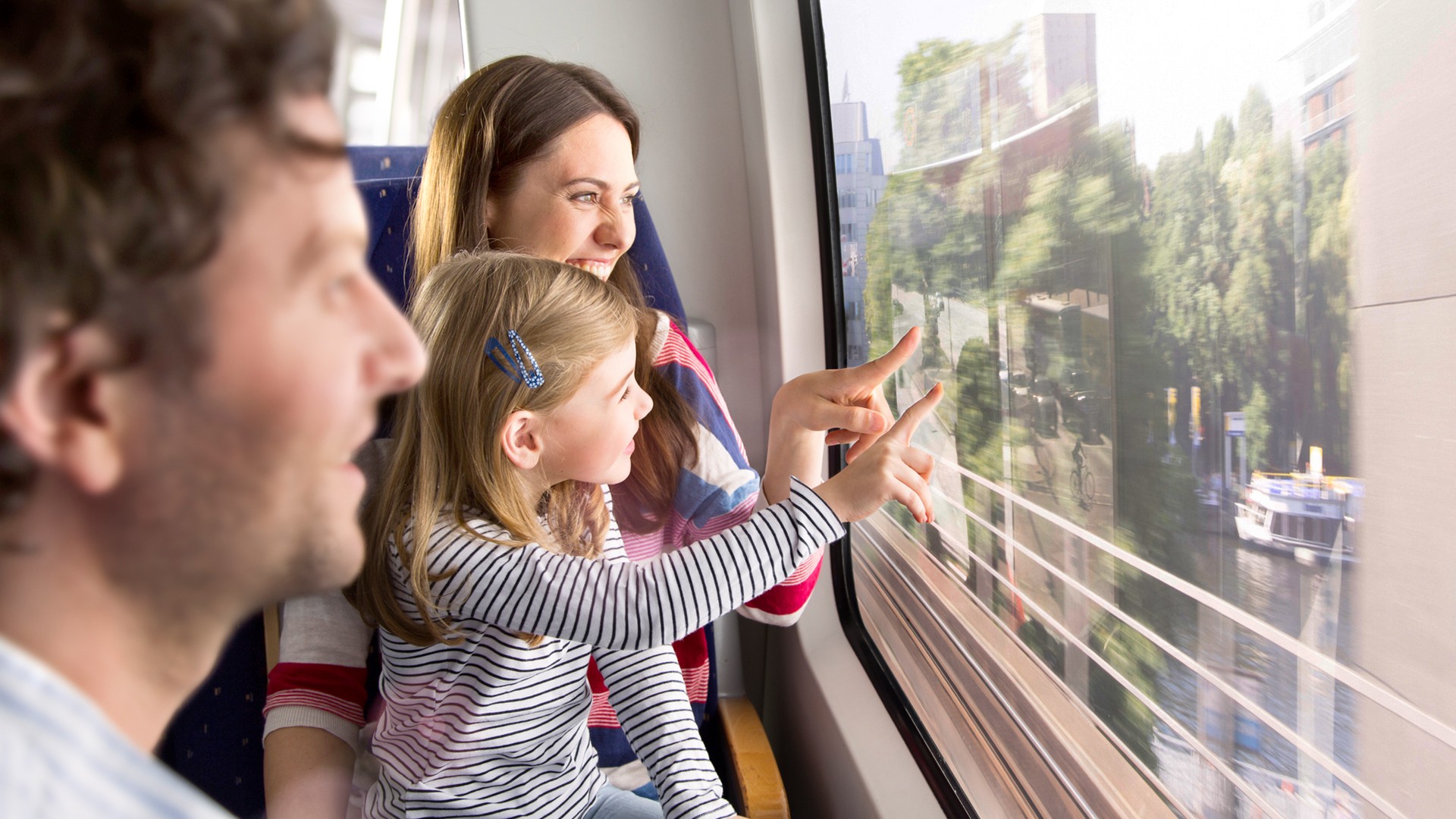

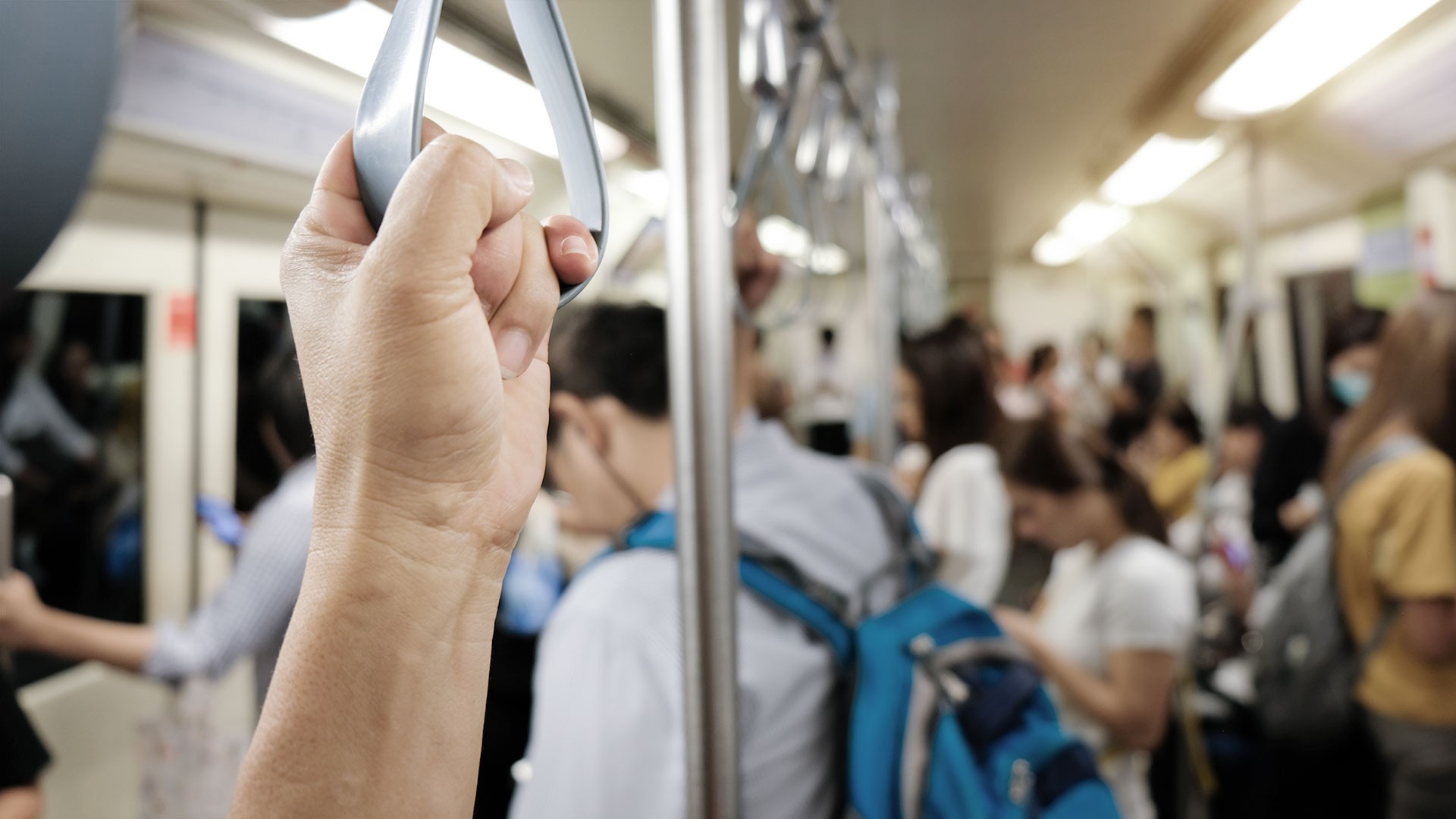
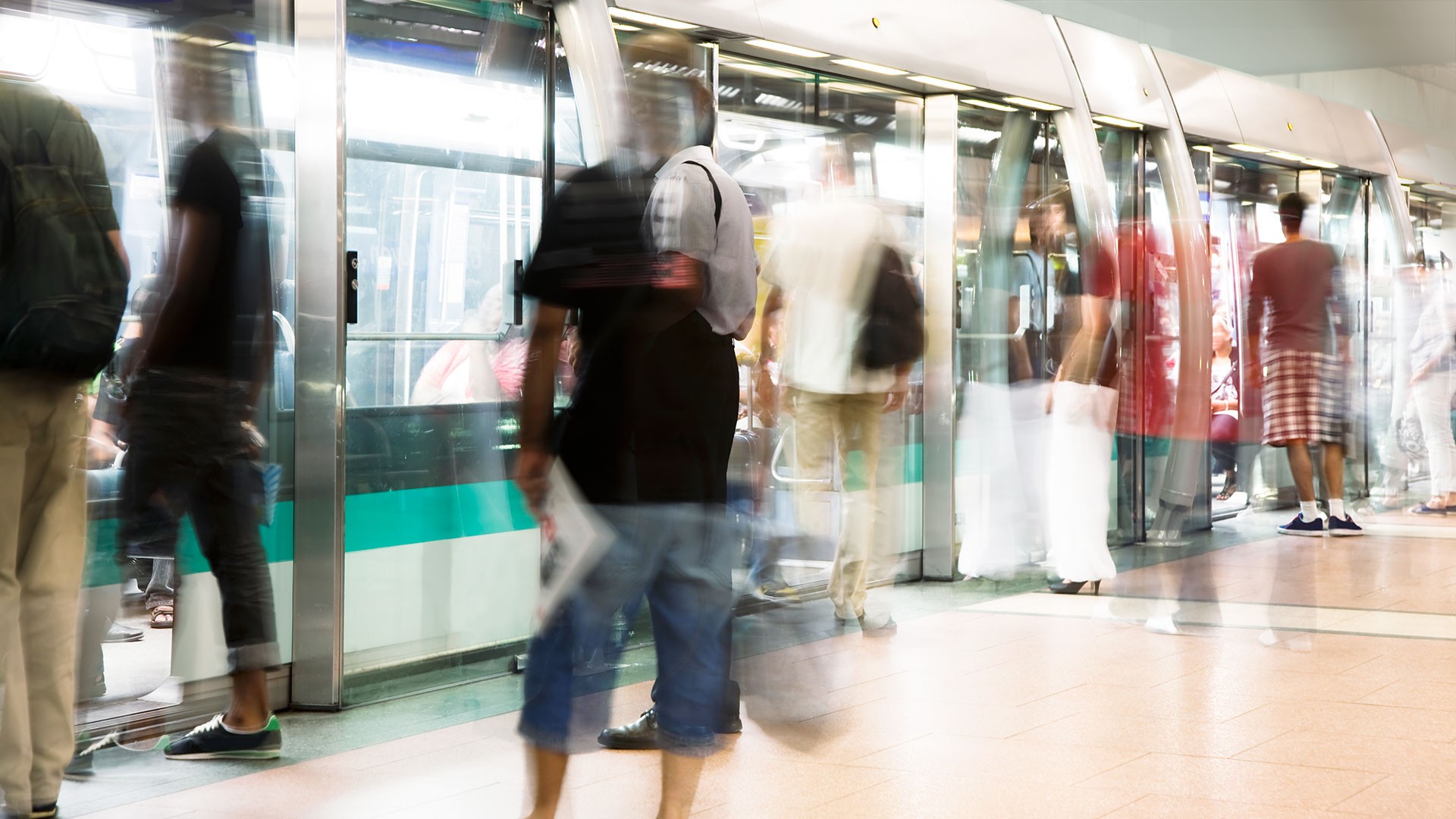
Customized, intelligent clean[air] solutions are available for mass transit and long-distance applications alike. Although each of the three concept layers delivers a large benefit in its own right, the cleanest air on trains (as in the Swiss cheese model) is achieved with a combination of these approaches – supplemented by other essential protective measures, such as mask-wearing, distancing and hygiene, that rail operators around the world have put in place since the start of the pandemic.
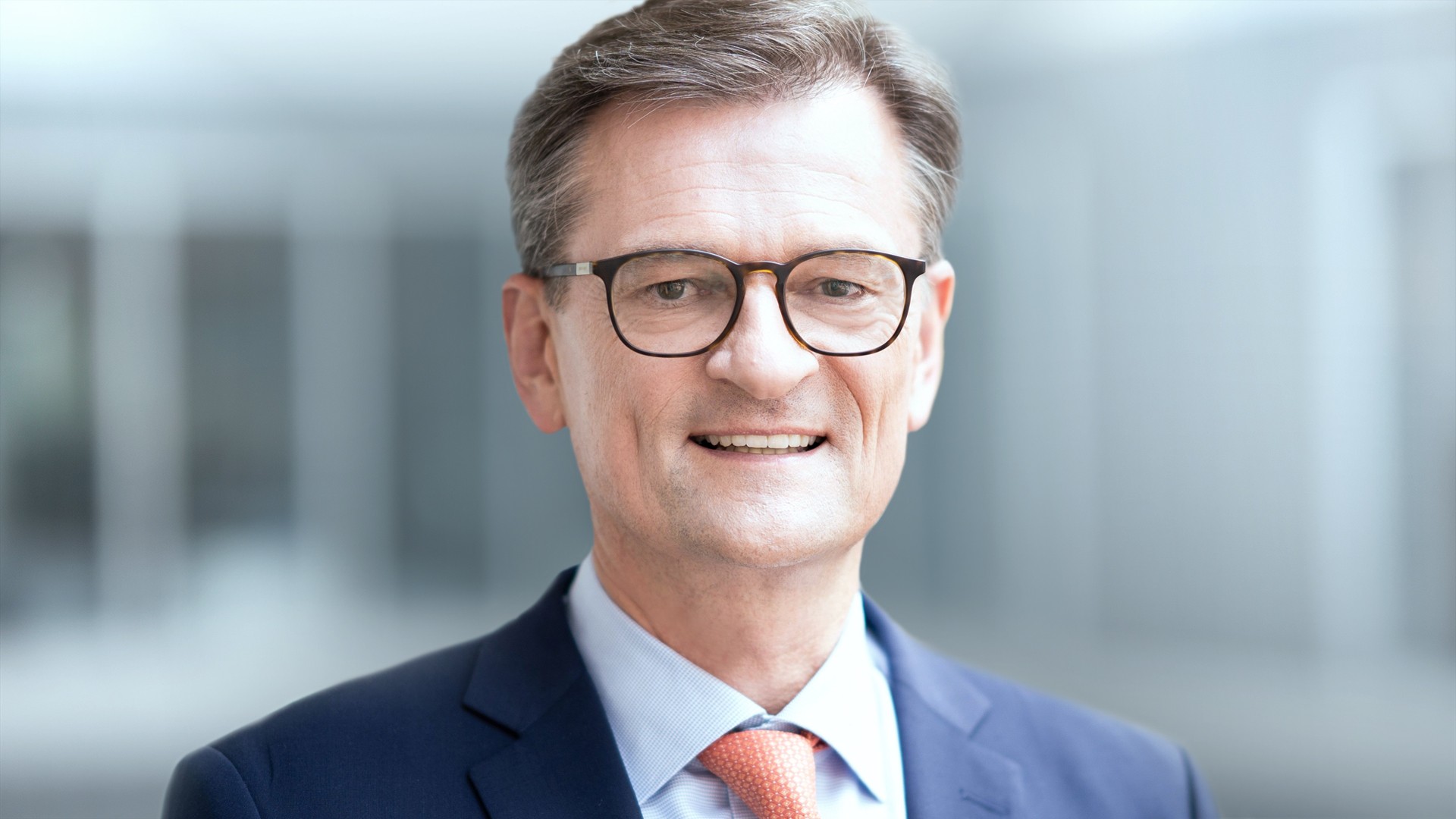
Our HVAC systems could play a major role in protecting public health in rail transportation even beyond the pandemic – for example, during annual flu outbreaks.
Dr. Peter Radina – Member of the Management Board of Knorr-Bremse Rail Vehicle Systems
From a broader perspective, the pandemic has brought about a new awareness of the importance of air quality in public areas. “Compared to their social, societal and economic benefits, the costs of HVAC systems are minuscule. They could play a major role in protecting public health in rail transportation even beyond the pandemic – for example, during annual flu outbreaks,” says Dr. Peter Radina.
